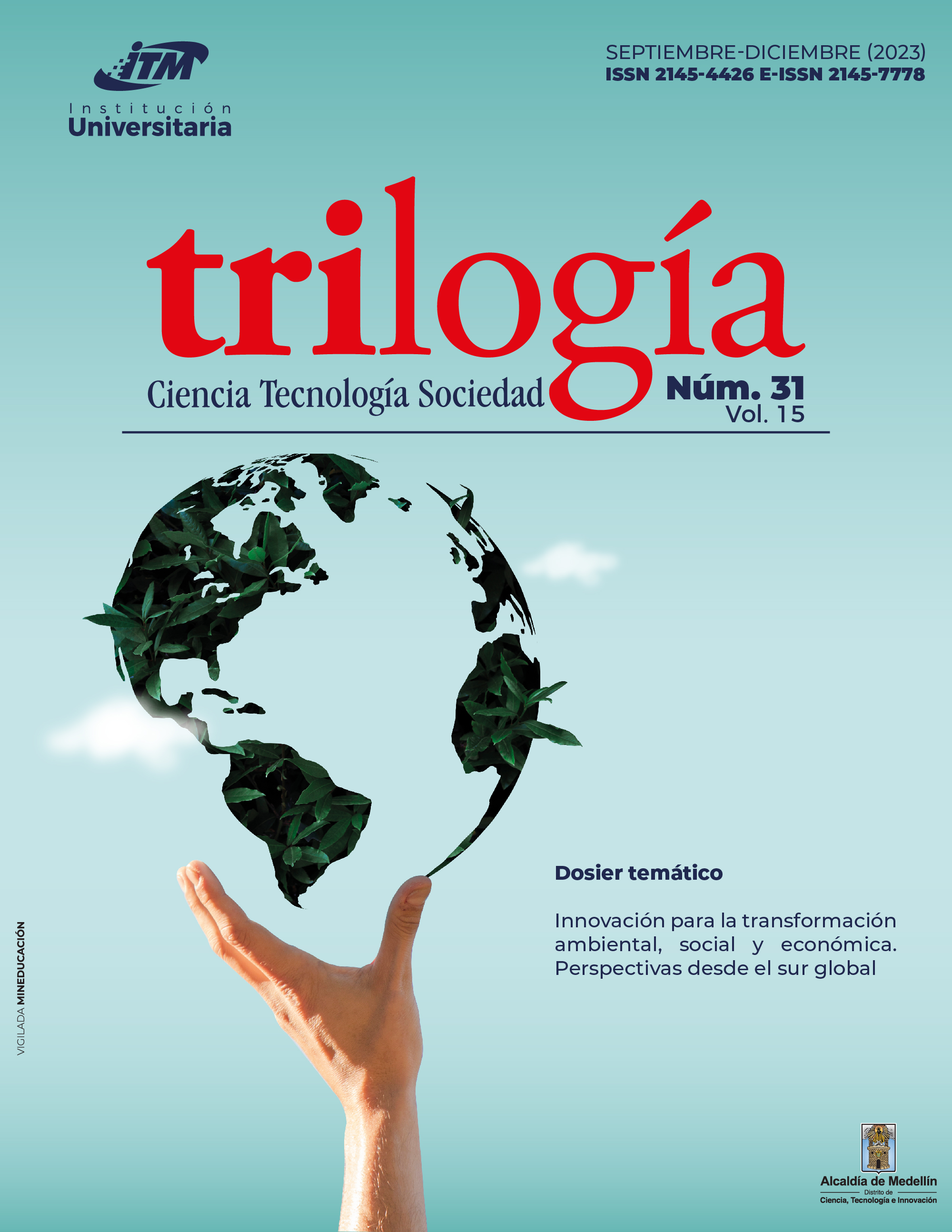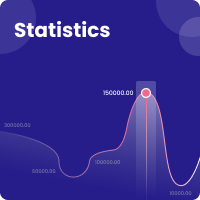The Virtuous Circle Project by the City of Pereira, Colombia, as an Initiative for Territorial Transformation
Abstract
The Virtuous Circle project by the City of Pereira seeks to transform the territory and the socio-economic development of the city by promoting a productive and equitable society based on knowledge production and application. Conceived in 2012 by the Planning Department of Universidad Tecnológica de Pereira, this project integrates life cycles with productive cycles. It has three main components (sensory health, psychosocial, and pedagogical) distributed over five links (kindergarten, school, university, networking, and entrepreneurial community) that, connected in a sequence, hold the promise of achieving “the desired society.” Although considered to be only an educational project during its 10 years—its motivation, implementation, and inclusion of multiple and diverse actors from different socio-technical systems show characteristics of a local policy instrument with a systemic vision. Such elements (not very traditional in city initiatives), together with features of this project that change paradigms of territorial development, are in line with what is proposed in the Transformative Innovation Policy Framework. Since this project is a planning tool with limited assessment and impact analysis, the authors employed the instrument called Radar: 7 Principles of Transformative Innovation. The latter indicated that the creation of transformative narratives, the development of formative assessment plans, and the implementation of horizontal governance are essential elements in development initiatives that—like the Virtuous Circle project—aim to transform the territory.
References
Alcaldía de Pereira. (2021). Plan de Desarrollo Gobierno de la Ciudad Capital del Eje 2020-2023. https://www.pereira.gov.co/publicaciones/37/plan-de-desarrollo-2020-2023/
Alcaldía de Pereira. (s.f.) Plan de desarrollo. Por una Pereira mejor. https://www.pereiracomovamos.org/es/plan-de-desarrollo-de-pereira-2012-2015-PG212
Aristizabal Hincapié, V. (2019). Proyecto Círculo Virtuoso. Informe de ejecución 2019. Ruta Documental. Círculo Virtuoso.
Avelino, F., Dumitru, A., Cipolla, C., Kunze, I., y Wittmayer, J. (2020). Translocal empowerment in transformative social innovation networks. European Planning Studies, 28(5), 955-977. https://doi.org/10.1080/09654313.2019.1578339
Círculo Virtuoso. (s.f.). Círculo Virtuoso. https://www.circulovirtuosopereira.org/es/
Departamento Nacional de Planeación. (2011). Risaralda futuro posible: Construcción social visión 2032. Visión de Desarrollo Territorial Departamental. https://colaboracion.dnp.gov.co/CDT/Desarrollo%20Territorial/RISARALDA%20-%20Parte%20I.%201%20jun%20012.%20APROBADO%20FINAL.pdf
Departamento Nacional de Planeación. (2015). Plan Nacional de Desarrollo 2014-2018. Todos por un nuevo país. https://colaboracion.dnp.gov.co/cdt/pnd/pnd%202014-2018%20tomo%201%20internet.pdf
Gaytán, A. K. (2003). Aspectos teóricos del desarrollo regional. Economía Informa, (321), 54-63. http://www.economia.unam.mx/publicaciones/reseconinforma/pdfs/321/07%20Kuri.pdf
Geels, F. W. (2011). The multi-level perspective on sustainability transitions: Responses to seven criticisms. Environmental Innovation and Societal Transitions, 1(1), 24-40. https://doi.org/10.1016/j.eist.2011.02.002
Geels, F. W., y Schot, J. (2007). Typology of sociotechnical transition pathways. Research Policy, 36(3), 339-417. https://doi.org/10.1016/j.respol.2007.01.003
Gobierno de Colombia. (2019). Misión de Sabios. Colombia-2019. https://minciencias.gov.co/sites/default/files/libro_mision_de_sabios_digital_1_2_0.pdf
Gómez-Morales, Y. J. (2019). El eterno retorno de lo mismo: círculos viciosos en busca de una ciencia nacional independiente. Revista Colombiana de Sociología, 42(2), 357-364. https://doi.org/10.15446/rcs.v42n2.82100
Greenwood, D. J., y Levin, M. (2007). Introduction to Action Research: Social Research for Social Change (2.a ed.). SAGE Publications.
Kivimaa, P. (2014). Government-affiliated intermediary organisations as actors in system-level transitions. Research Policy, 43(8), 1370-1380. https://doi.org/10.1016/j.respol.2014.02.007
Loorbach, D., Wittmayer, J., Avelino, F., von Wirth, T., y Frantzeskaki, N. (2020). Transformative innovation and translocal diffusion. Environmental Innovation and Societal Transitions, 35, 251-260. https://doi.org/10.1016/j.eist.2020.01.009
Molas-Gallart, J., Boni, A., Giachi, S., y Schot, J. (2021). A formative approach to the evaluation of Transformative Innovation Policies. Research Evaluation, 30(4), 431-442. https://doi.org/10.1093/reseval/rvab016
Morales, C., Pérez, R., Riffo, L., y Williner, A. (2020). Desarrollo territorial sostenible y nuevas ciudadanías. Consideraciones sobre políticas públicas para un mundo en transformación. Comisión Económica para América Latina y el Caribe. https://hdl.handle.net/11362/46579
Pathways Network. (2018). T-Labs: A Practical Guide. Using Transformation Labs (T-Labs) for innovation in social-ecological systems. STEPS Centre. https://steps-centre.org/publication/t-labs-practical-guide/
Peiró, R. (2021, 5 de abril). Círculo vicioso. Economipedia. https://economipedia.com/definiciones/circulo-vicioso.html
Pereira Cómo Vamos. (2015). Informe de Calidad de Vida. Pereira. Años de estudio 2011-2014. https://s3.pagegear.co/38/69/icv__informe_de_calidad_de_vida_2015__completo.pdf
Perry, G. E., Arias, O. S., López, J. H., Maloney, W. F., y Servén, L. (2006). Reducción de la pobreza y crecimiento: Círculos virtuosos y círculos viciosos. Banco Mundial.
Prieto Rodríguez, M. A., y March Cerdá, J. C. (2002). Paso a paso en el diseño de un estudio mediante grupos focales. Atención Primaria, 29(6), 366-373. https://doi.org/10.1016%2FS0212-6567(02)70585-4
Schot, J., y Geels, F. W. (2008). Strategic niche management and sustainable innovation journeys: theory, findings, research agenda, and policy. Technology Analysis & Strategic Management, 20(5), 537-554. https://doi.org/10.1080/09537320802292651
Schot, J., Daniels, C., Torrens, J., y Bloomfield, G. (2017). Developing a Shared Understanding of Transformative Innovation Policy. https://tipconsortium.net/wp-content/uploads/2018/04/TIPC-Research-Brief.-Developing-a-Shared-Understanding-of-Transformative-Innovation-Policy-FINAL_.pdf
Schot, J., Kanger, L., y Verbong, G. (2016). The roles of users in shaping transitions to new energy systems. Nature Energy, 1(5), 16054. https://doi.org/10.1038/nenergy.2016.54
Schot, J., y Steinmueller, W. E. (2018). Three frames for innovation policy: R&D, systems of innovation and transformative change. Research Policy, 47(9), 1554-1567. https://doi.org/10.1016/j.respol.2018.08.011
Sociedad en Movimiento. (2024). Historia. https://www.sociedadenmovimiento.com/es/ipaginas/ver/G34/41/historia/
Stroh, D. P. (2015). Systems Thinking for Social Change: A Practical Guide to Solving Complex Problems, Avoiding Unintended Consequences, and Achieving Lasting Results. Chelsea Green Publishing.
Velasco, D., Boni, A., Delgado, C., y Rojas-Forero, G. D. (2021). Exploring the Role of a Colombian University to Promote Just Transitions. An Analysis from the Human Development and the Regional Transition Pathways to Sustainability. Sustainability, 13(11), 6014. https://doi.org/10.3390/su13116014
Downloads
Copyright (c) 2023 Martha Liliana Marín-Montoya

This work is licensed under a Creative Commons Attribution-NonCommercial-ShareAlike 4.0 International License.
Altmetric










